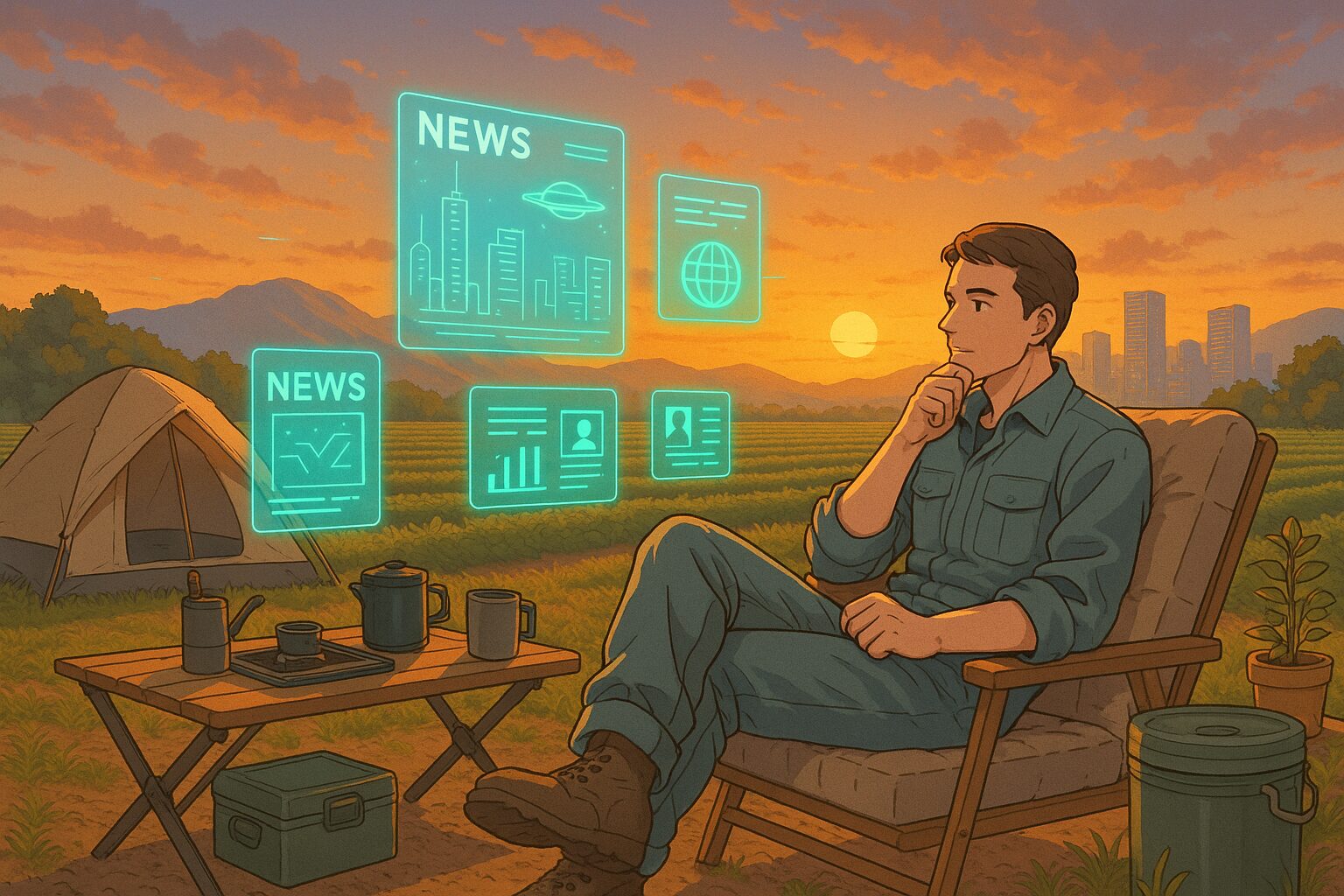Will Satellite Technology Change Our Future Lives? Pakistan Takes a Step
Pakistan has launched its first hyperspectral satellite. This event hints at technological innovations in fields such as environmental monitoring, urban planning, and disaster management. If this trend continues, how will our future lives change?
1. Today’s News
Source:
Al Jazeera
Summary:
- Pakistan has launched its first hyperspectral satellite.
- This technology is expected to assist in environmental monitoring, urban planning, and disaster management.
- The data obtained from the satellite will enable more precise Earth observation.
2. Considering the Background
Satellite technology has evolved as a means to monitor the state of the Earth with high precision. While its use has traditionally been common in mapping and communication, its applications have rapidly expanded alongside environmental issues and urbanization. This news reflects the growing need for real-time understanding of changes in the Earth’s environment in contemporary society. What impact will the proliferation of such technology have on our daily lives?
3. What Will the Future Be Like?
Hypothesis 1 (Neutral): A Future Where Environmental Monitoring is Commonplace
With data from satellites being routinely utilized, environmental monitoring will become commonplace. This will allow for more efficient management of cities and agriculture, thus improving quality of life. However, concerns over privacy and data bias may arise.
Hypothesis 2 (Optimistic): A Future Where Technology Advances Significantly
Satellite technology will further evolve, leading to remarkable advancements in environmental protection and disaster response. This will accelerate the transition to a sustainable society, making people’s lives safer and richer through technology. Data from satellites may also be used in education and healthcare, potentially leading to the emergence of new services.
Hypothesis 3 (Pessimistic): A Future Where Local Characteristics are Lost
By relying on data from satellites, local characteristics may be overlooked, leading to uniform urban planning and policies. If this continues, regional individuality and diversity may fade, causing people to feel a loss of identity.
4. Tips for Us
Thought Advice
- Consider the coexistence of the natural environment and technology.
- Reevaluate how you use resources in your daily life.
Small Practical Tips
- Use environmental monitoring apps to observe local nature.
- Participate in environmental protection activities in your community.
5. What Would You Do?
- What actions would you take to promote the evolution of technology?
- What do you think can be done to preserve local characteristics?
- What are your thoughts on balancing the environment and technology?
What kind of future do you envision? Please share your thoughts through social media quotes or comments. Let’s think together about our future lives.









